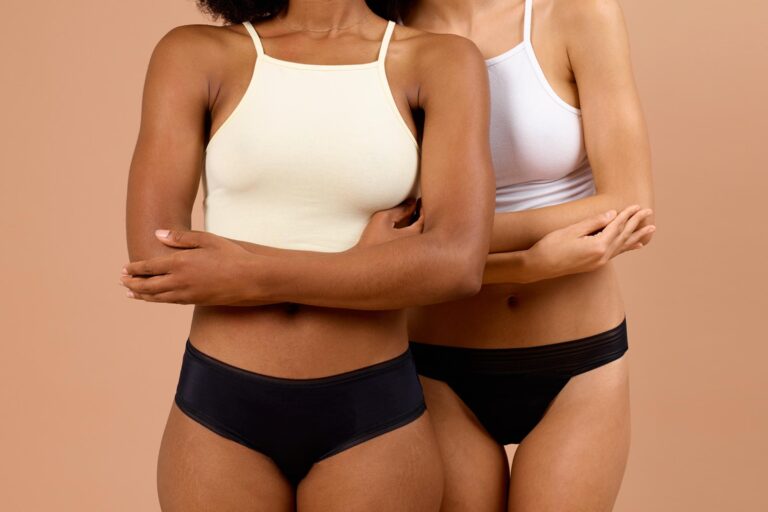For the past decade, menstruation management techniques have undergone significant changes. Better tampons, more reliable sanitary pads, and menstrual cups have emerged. Different brands have been competing to roll out the most comfortable and efficient period management product. The most recent menstrual management product in the market is the period underwear.
Perhaps period underwear is new to you. So, when you are looking to purchase these undies, you are likely to be wondering: which one will work perfectly for me? Are there different sizes, material variations, and other factors I should consider? Before switching to period underwear, here is what you should know.
How period underwear works
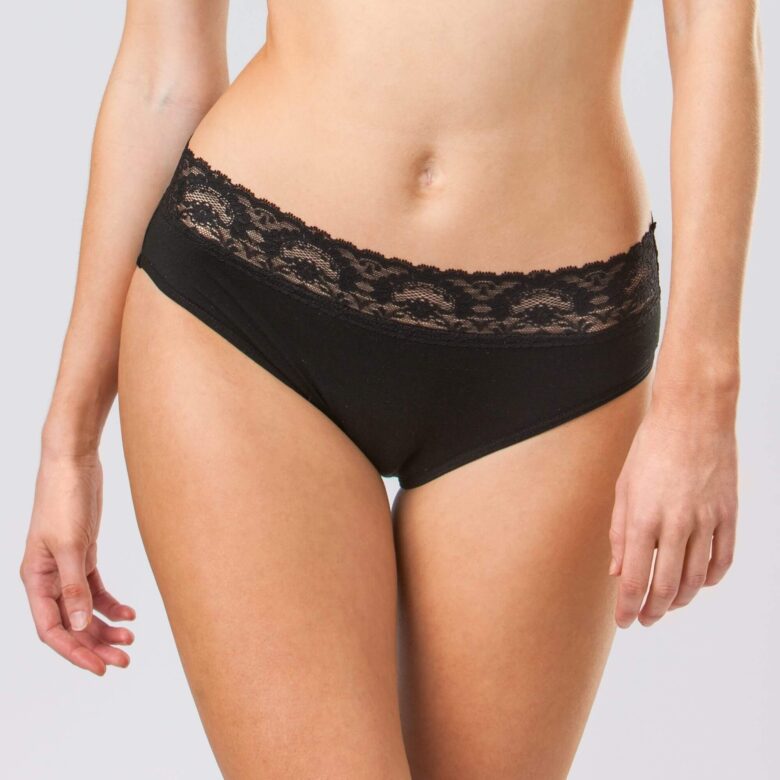
Period panties consist of a highly absorbent material that holds the menstrual fluid, a moisture barrier to keep the user comfortable, and a strong layer that prevents staining or possible leaks. If you are still hesitant about trying this new period management product, you are not alone. Most ladies, particularly first time users, find it hard to switch to period panties. Just start by trying one or more period panties to find what best works for you.
One of the best ways to try out a period pantie is by wearing it overnight during the last days of your menstrual flow when your period is light. Beyond the leak-proof features and comfort factor, menstrual panties have been gaining popularity as an economically smart choice and ecologically sustainable.
Thus, you may want to try them if you have been looking for a menstrual management solution that is less irritating than sanitary pads or tampons and easier to use compared to menstrual cups. With good period underwear, you will always be ready for your monthly menstrual flow. You no longer need to stock tampons or pads in your bedroom.
The types of period underwear
There are two types of menstrual underwear – absorbent and non-absorbent period underwear. Absorbent menstrual underwear is made up of numerous layers of special fabric. They are antimicrobial, leak-proof, and can absorb more fluid than sanitary pads and tampons. This type of underwear should be in your collection if you are not a big fan of wearing pads or feel uncomfortable when using a tampon or menstrual cup.
On the other hand, non-absorbent menstrual underwear doesn’t have a core-lining to absorb fluid. Instead, this menstrual underwear has a unique layer of waterproof fabric that’s sandwiched between unique types of fabric, mostly cotton. This underwear is best used for spotting, backup with a menstrual cup, discharge, or light menstrual flow. Many women even keep a few of these non-absorbent pieces in their kitty when undergoing menopause. That’s because mild to moderate spotting is extremely common during the initial days of menopause.
According to menstrualcupreviews.net the best period panty brand is an ‘absorbent’ one. The website has a list of 24(!) different brands to choose from. You should first choose the type and then read some of the product reviews so you can make a wise choice. If you are having trouble choosing, you can use their forum and simply ask any question you have.
Heavy or light menstrual flow
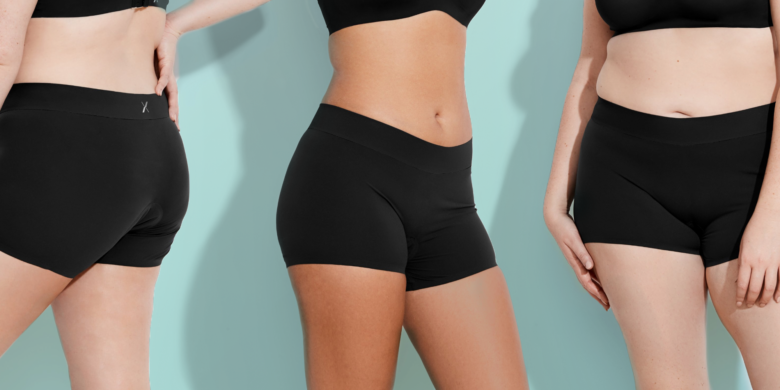
When choosing menstrual panties, it’s important to determine whether you experience heavy or light menstrual flow. One way of knowing how heavy or light your period is to count the number of tampons you always use during menstrual flow.
There are menstrual panties that can hold four tampons worth of menstrual fluid and 2.5 tampons worth of fluid. Knowing the right heavy menstrual flow panty or light flow pantie can help you choose the right product to stay comfortable even when in public. Remember, comfort and reliability are the top factors you must consider when choosing a period undies.
Back or front bleeder
It’s important to consider the level of protection you need depending on how heavy your menstrual flow is. Period panties with lower absorbency can only absorb the menstrual fluid nearest to the gusset. Those with high absorbency can absorb more fluid all the way from the front to the back waistline. So, if you are a ‘front’ or ‘back’ bleeder, you need underwear with high absorbency and capacity for reliable protection.
Do you need to change the period underwear often?
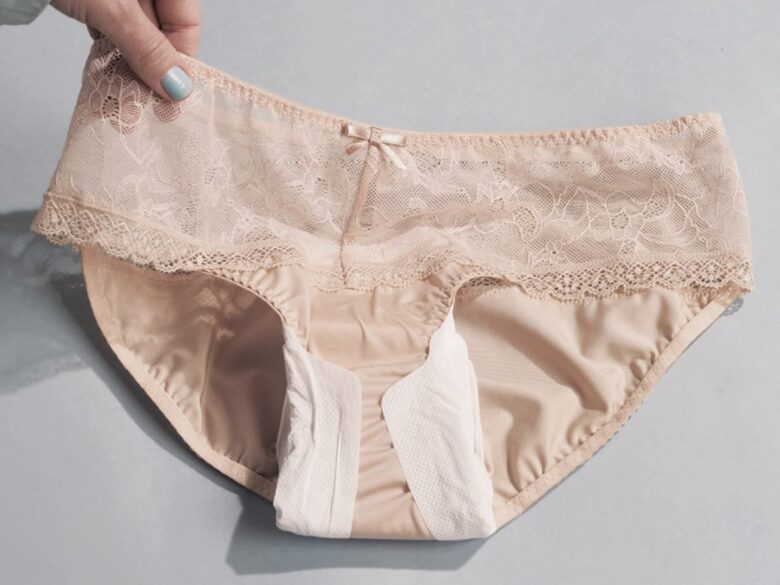
If you bleed a lot, you may want to change your menstrual underwear frequently for comfort. There are panties that can be easily removed, and everyone in a single quick shot and you don’t need to remove your pants or shoes. This is a huge benefit, particularly for ladies battling with disabilities.
So how many pairs of underwear do you need? If you are just trying them out to see how they work, probably you need one or two period panties to replace tampons or sanitary pads. Once you decide to commit, it’s recommended to have enough pairs depending on how heavy your menstrual flow is and the length of your flow. Having enough pairs means you will not be washing your panties every day.
Are period panties hygienic?
According to healthcare experts, there is a difference between period underwear and other feminine hygiene products. As mentioned earlier, there is a microbial tech woven into the menstrual panties so that the users never have to worry about pathogens as opposed to most plastic sanitary pads and tampons.
In addition to the underwear’s ability to wick your period away and keep you comfortable, this period management option is durable and economically a smart choice. Follow the tips discussed in this article to choose the right period underwear for you.
How to clean and care for your period underwear?
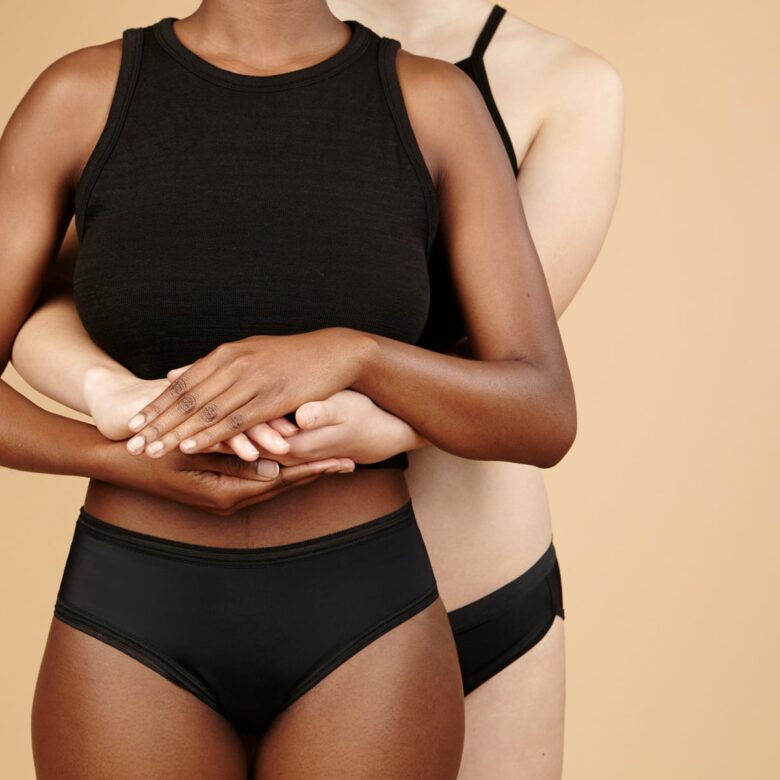
When choosing your period underwear, you shouldn’t have a tough time to clean or take care of the pieces. Here are a few simple steps you must follow to keep your menstrual underwear in good shape for a long time.
- After removing the panty, soak it in cold water. Wait for half an hour and rinse it well with some more water. This will remove the period blood accumulating in it.
- Next, wash it using a mild detergent. Ideally, you should opt for handwashing. If that’s not possible, machine wash the panty by placing it inside your washable mesh bag. Use the gentle or delicate cycle for best results.
- Never use a dryer to dry these undergarments. Instead, air dry them. This may take some time but is essential for maintaining the integrity of the fabric.
You shouldn’t worry about lingering smells or stains as these undies are stain-resistant and never retain odor when washed well.

